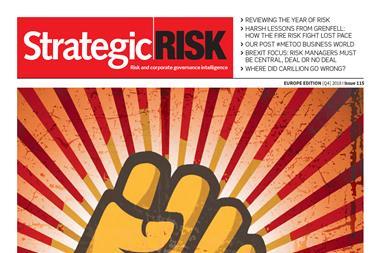For retail groups, it appears that only a very few risks, if poorly managed, do not have the potential to bounce back and hit your organisation where it hurts, at the level of brand and reputation
For retail groups, it appears that only a very few risks, if poorly managed, do not have the potential to bounce back and hit your organisation where it hurts, at the level of brand and reputation. Even things like routine maintenance, such as keeping shop floors clean and dry (slips and trips are a major cause of third party claims), can not only prevent claims, but also build into the customer experience. As one of our participants commented, “You are not going to buy food in a grubby store.” A sensible, on-the-spot approach to dealing with complaints before they become claims can also head off potential problems.
The key to the brand protection approach is understanding what your customers’ expectations are. These can vary hugely in a retail group with several brand name businesses, and also in those retail groups that are stretching the brand. Expanding into new areas can mean facing different types of risks.
You will not build loyalty if you do not have what customers expect to buy, or if outsourced franchisees do not provide the required standard of service. So supply chain management is also crucial. Continuity and quality assurance pose more issues for risk managers, particularly when the business is outsourcing overseas or sourcing products from small regional suppliers.
Traditionally, in the UK shop workers are not among the top earners. But they are the public face of the business. So how do you incentivise them if it is not through money? Our roundtable participants suggested a range of strategies. Perhaps the most important thing is recognising that we are all customers, and that associates/colleagues/team members (apparently never staff in our enlightened retail industry) need to treat people in the way that they would like to be treated themselves.
Age discrimination legislation has also had an interesting effect on the people issue. Physical fitness clearly is a determinator of what people can do, and we all know that age affects physical ability. So how do retail stores deal with this?
These are just some of the topics touched on in our May 2007 roundtable discussion. I hope you find it interesting!
Sue Copeman,
Editor, StrategicRisk
Downloads
To download a full copy of the report click here
PDF, Size 1.39 mb
















No comments yet